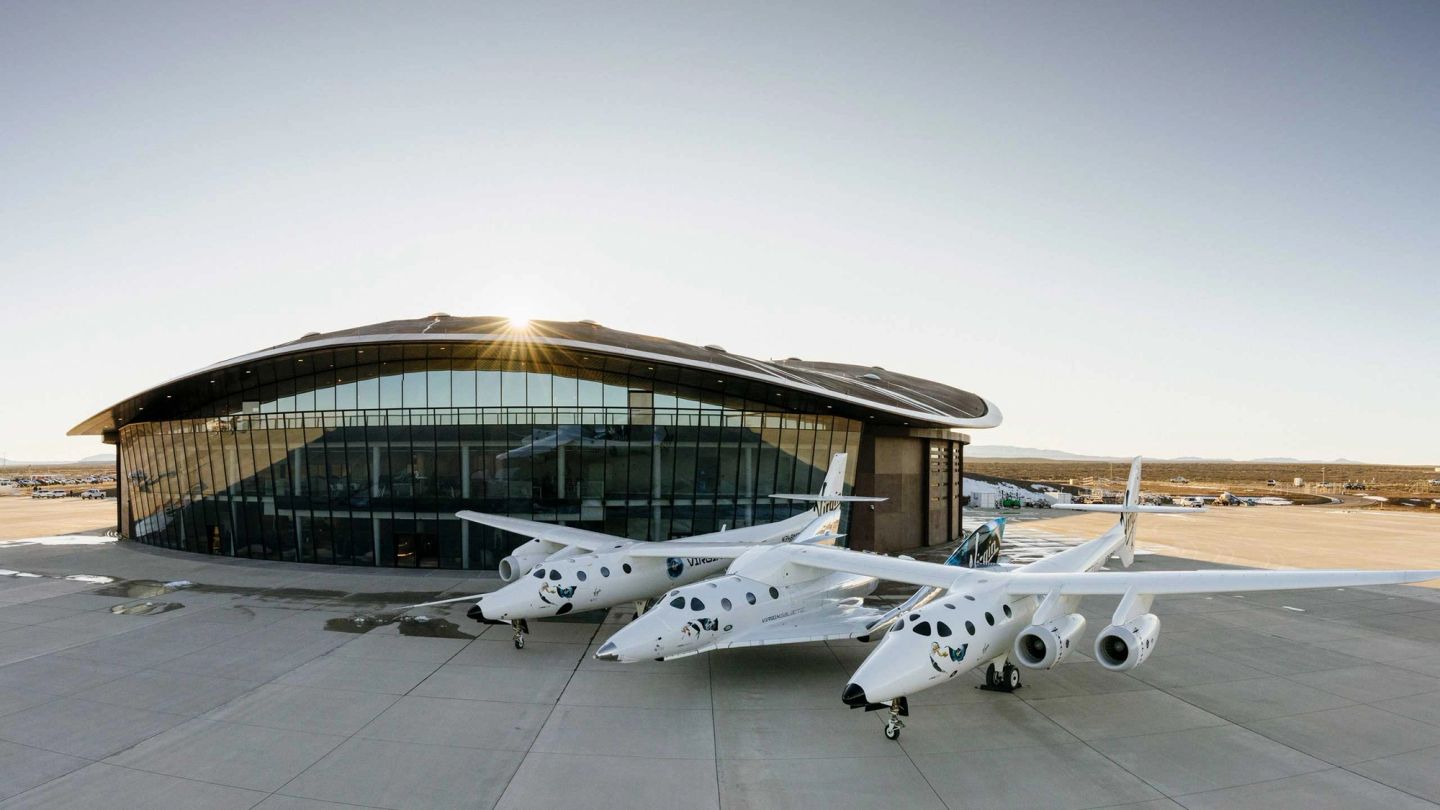
Business -- 16 days ago

Words: Tom Ward
Last Sunday a British man made history by leading a team further than they have ever got before. No, we’re not talking about Harry Kane leading England to their first ever Euros final, but Richard Branson, the 70-year-old founder of Virgin Galactic, leading that company’s first ever manned flight to space.
To receive the latest in style, watches, cars and luxury news, plus receive great offers from the world’s greatest brands every Friday.
